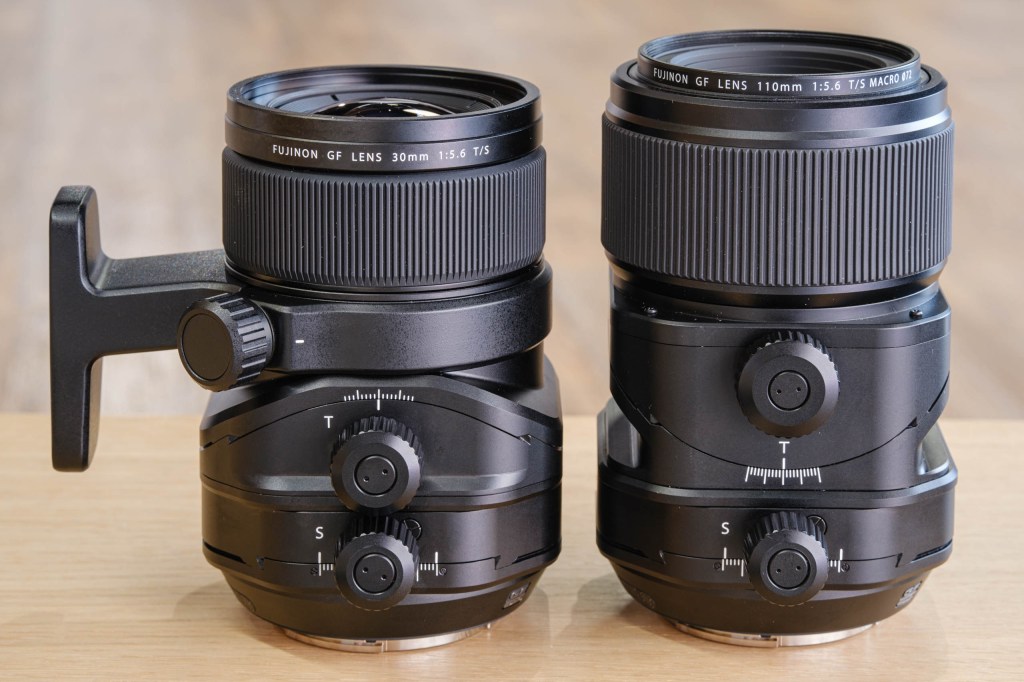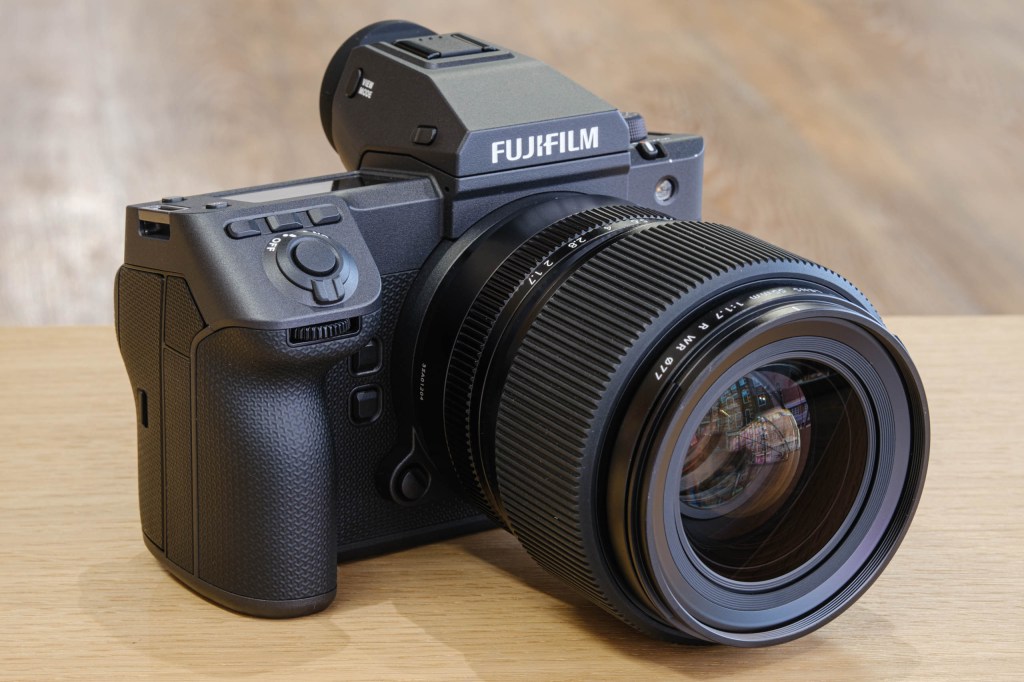Fujifilm has revealed a new flagship camera in its medium-format GFX range. The new Fujifilm GFX100 II has the same 102MP resolution as its predecessors, but employs an entirely new sensor that enables a wide range of new features.
Highlights include a lower base ISO of 80, promising improved image quality; 8 frames per second continuous shooting; subject detection autofocus; and 8K video recording. Up-rated in-body image stabilisation promises up to 8 stops shake suppression.
Physically the GFX100 II uses a new SLR-shaped modular design, with a removeable viewfinder and optional vertical grip (in contrast to the current GFX100‘s integrated grip). It’s also compatible with Fujifilm’s existing viewfinder tilt adapter and cooling fan. In terms of control layout, it’s effectively an evolution of the GFX100S, but with additional customisable function buttons added. It’ll cost $7499 / £6,999 body-only.
For a more detailed evaluation of the new Fujifilm GFX100 II, read our hands-on first look
Fujifilm has also revealed a new premium standard prime to accompany the camera, the Fujinon GF 55mm F1.7 R WR. With an angle of view equivalent to 44mm on full-frame, it should be suitable for a wide range of subjects. It’s set to cost $2299 / £2499.
The firm has also introduced two long-promised tilt and shift lenses. The Fujinon GF 30mm F5.6 T/S is a 24mm-equivalent wideangle designed for such things as architectural and landscape work, while the Fujinon GF 110mm F5.6 T/S Macro is built for high-end studio, product, or food photography. Both lenses are due in November, with the 30mm set to cost $3999 / £3899, and the 110mm, $3499 / £3499.

Fujifilm GF 30mm F5.6 T/S and GF 110mm F5.6 Macro T/S lenses. Credit: Andy Westlake
Last but not least, Fujifilm has added two new optics to its GF lens roadmap. A GF 500mm F5.6 telephoto prime is due in 2024, with a power zoom lens for video use scheduled for 2025.
Related articles:
- Fujifilm GFX100 II review: Hands-on first look
- New Fujifilm GFX100 II: 102MP medium-format monster
- Fujifilm GF 55mm F1.7 R WR: new premium standard prime
- Fujifilm releases two new GFX tilt-shift lenses
- New Fujifilm GF lens roadmap 2024-2025
Follow AP on Facebook, Twitter, Instagram, and YouTube.







